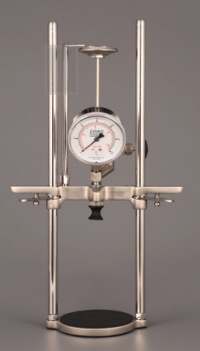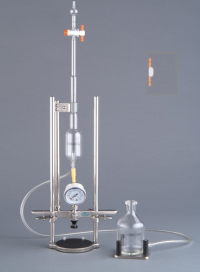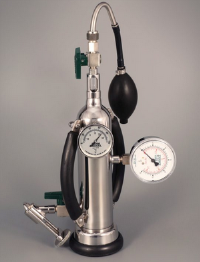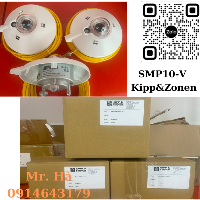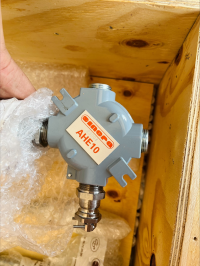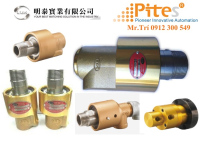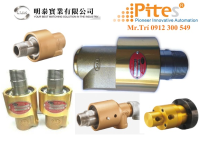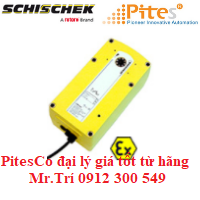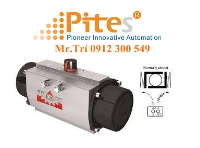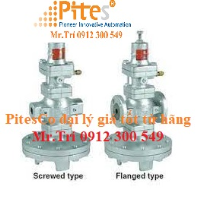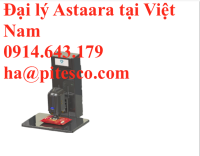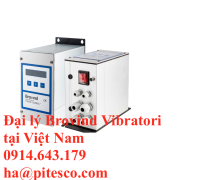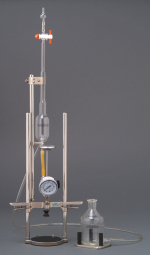
Part #7000 CO² & Headspace Air Piercing Device Zahmnagel Vietnam
Hãng sản xuất: Zahm & Nagel Vietnam
Part #7000 CO² & Headspace Air Piercing Device Zahmnagel Vietnam
CO² & Headspace “Air” Testers for Bottles and Cans
This instrument is used to test beverage or product for CO² gas and air content in either glass or PET containers and cans. It is automatically adjustable to various size bottles and cans and is available in either one or two liter sizes. Two standard pressure/temperature relationship charts are furnished with the instrument for the determination of volumes of CO² gas in alcoholic and non-alcoholic beverages. The instrument is equipped with a dual scale pressure gauge (0-60 psi and & 0-4.2 kg/cm2) and an adjustable 2″ dual scale dial thermometer (25.125ºF & -5/55ºC). This piercing device is also equipped with a 100cc burette that measures up to 25cc’s of the product’s air content. The parts list and line drawing should be used for assembly and as a reference for ordering replacement parts.
[Note: Headspace “air” is defined as atmospheric air picked up during the brewing process. These instruments do not measure dissolved oxygen.]
Assembly:
- Apply a small amount of lubricant to the stem of the burette (5003-25) and level bottle (5047).
- Immerse the connection tubing (5052) and the rubber coupling (5046) in hot water. This softens and expands the tubing making it easier to slip over the stems of the glassware.
- Connect the rubber coupling to the center stem of the burette and the other end of the coupling to the hose nipple (5057) of the Whitey valve (5055).
- Connect the connection tubing (5052) to the side stem of the burette and to the stem of the level bottle.
- Assemble the burette clamp (5006) around the burette.
- Slide the stop pin collar w/pin (6014) onto the support rod (5017) at about the mid-way position of the rod and loosely tighten the collar.
- Place the burette clamp assembly over the top of the support rod and tighten in place.
- Adjust the dial thermometer so that none of the stem is protruding out of the tip of the piercing needle (6011).
- Lower the stop pin collar to a position where it just touches the face of the dial thermometer and tighten in place.
The instrument is now ready for operation but should first be tested for any gas leaks that may occur at various connections. This is done by applying a soapy water solution to the connections while the instrument is under pressure. The pressurized instrument may also be submerged under water and any leaks observed. The generally accepted temperature for gas analysis is 77 degrees F/25 degrees C; therefore, it is good practice to bring samples to this temperature prior to testing.
WARNING: CAUSTIC SOLUTION IS USED IN THE OPERATION OF THIS INSTRUMENT. THIS SOLUTION MAY CAUSE SEVERE BURNS TO THE OPERATOR IF NOT HANDLED WITH CARE. WEAR GOGGLES AND PROTECTIVE CLOTHING WHILE OPERATING THIS INSTRUMENT.
Preparation of Caustic Solution:
A 20% solution of either Potassium Hydroxide or Sodium Hydroxide is recommended for air testing.* To make a 20% solution slowly add 100 grams of Potassium or Sodium Hydroxide crystals to 500 cc’s of distilled water and store in a sealed jar. The Hydroxide solution may also be purchases from any laboratory or chemical supply company.
*A weaker solution may be used, but the tests will take longer and fewer tests can be performed.
Operation:
- Close the White valve (5056), open the burette cock (5005) and put approximately 100 cc’s of water in the level bottle (5047), elevating the same above the burette so as to allow water to run down into the burette to the bottom of the calibrations.
- Close the burette cock and lower the level bottle to its stand (5050).
- Place a small beaker of water under the rubber seal (6013) and lower the cross bar (6018) so as to submerge the rubber seal in the water. Note: The cross bar is lowered by depressing the lock plates (5026) on each side of the cross bar and pushing downwards. When the lock plates are released, the cross bar will remain firmly locked in position.
- Open the Whitey valve (full). This will cause the water to be drawn upward through the Whitey valve, displacing any trapped air in the system. Tap amber latex tubing to release trapped air.
- Close the Whitey valve and remove the beaker from the piercing needle (6011).
- Open the burette cock and allow the water to return to the level bottle and discard.
- Replace the water in the level bottle with caustic solution, filling it approximately half full.
- Raise the level bottle to fill the burette completely and close the burette cock. To prevent overflow, the caustic trap (5079) is furnished for attachment at the top of the burette. While filling the burette, check the plastic connection tubing (5052) and work out any air bottles that may be present.
- Place the bottle or can to be tested on the base pad (5022) and lower the cross bar to the point where the rubber seal just touches the top of the container.
- Depress the lock plates and push the cross bar rapidly downwards until the container is pierced.
- Release the lock plates. The cross bar will remain locked in place with the rubber seal compressed to prevent leakage at the point of piercing. Be careful not to trip the lock plates after piercing as only a slight upward pressure on the lock plates will release the cross bar.
- Hold the instrument at the bottom of the base with the right hand while the left hand holds both the guide rod (5017) and the burette support rod. Shake the instrument with a rapid back and forth motion until maximum gauge pressure has been obtained. Note: The burette is very fragile and may break if it comes in contact with an object while shaking the instrument. Also, be sure that the level bottle and stand are located in such a manner that they do not tip over when shaking the instrument. Record the pressure for future use.
CO² Volumes Test:
Note: At this time, if the number of volumes of CO² gas is desired, it will be necessary to follow the steps listed below.
- Having recorded the pressure, insert the dial thermometer (6003) down into the container to its fullest extent and leave it there until the temperature remains steady (this may take thirty seconds or longer depending on the temperature of the product being tested). Now, record the temperature.
- Having recorded both the temperature and pressure readings, refer to the correct temperature/pressure relationships chart included with the instrument for the volumes of CO² gas present in the sample being tested.
VOLUMES OF CO² GAS DISSOLVED IN WATER CHART
SOLUBILITY OF CARBON DIOXIDE IN BEER CHART – PRESSURE-TEMPERATURE RELATIONSHIPS
Air Test:
After the CO² volumes has been recorded, the “air test” should be performed as follows:
- Withdraw the dial thermometer to the thermometer stop.
- Open the Whitey valve (5056) and allow gas to flow into the burette, reducing the gauge pressure to 5 psi or less. Shake the instrument a few times to allow absorption of CO² gas by the caustic solution. It is also advisable to invert the instrument and allow the gas that was released into the burette to be absorbed in the larger bottom bulb of the burette. The shaking of the instrument allows for more buildup of gas in the test container and for the next release of gas into the burette.
- Open the Whitey valve and repeat the above shaking process again. Usually eight or ten shakes is enough to remove most of the air in the sample. For very accurate work, however, the operation should be continued until a constant air reading is obtained. When making the air reading on the burette, the level bottle should be raised so as to bring the liquid in the burette and level bottle to the same level.
- Bleed off any remaining pressure in the container through the Whitey valve.
- Depress the lock plates and raise the cross bar to a level that will allow removal of the container.
NOTE: AIR READINGS. If air readings tend to increase after a period of testing, the caustic solution may be diluting and should be replaced with a fresh solution. The number of tests that can be expected from the caustic solution will vary according to the strength of the solution being used.







 Mr. Trí
Mr. Trí